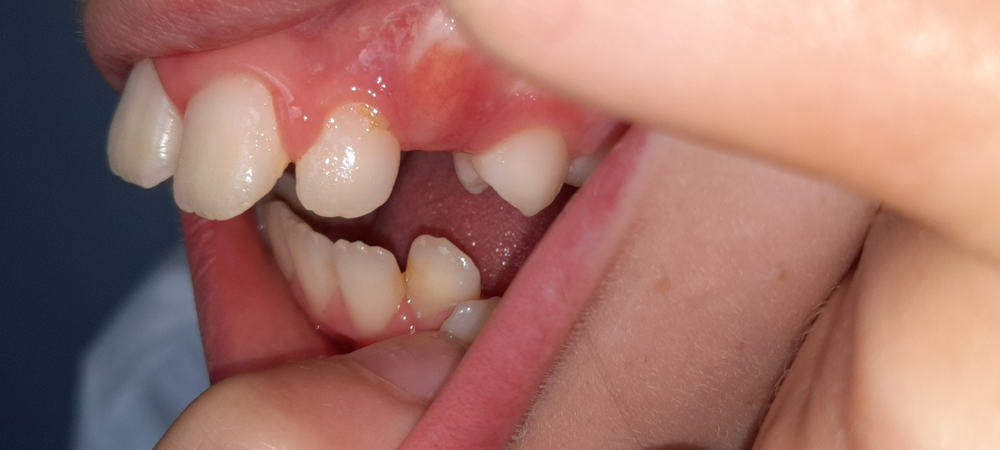Overjet vs Overbite & How to Fix a Bad Bite

Everyone deserves to smile with confidence and feel good when eating or speaking.
However, this can be difficult for people with malocclusions (a Latin term that translates to “bad bite”).
Two conditions fall under this category:
- Overbite: the amount of overlap between your top and lower set of teeth
- Overjet: how far forwards or backwards your upper teeth are in relation to your lower teeth
Most of us have a slight overbite or overjet, which is actually a good thing. It’s not ideal for your upper and lower teeth to meet directly, there should be a 1mm to 2mm overlap.
But if you have a bad bite, there’s too much overlap.
In the case of a big overbite, this means the upper teeth cover the lower teeth when the mouth is closed. When there’s a small overbite (or underbite), the upper teeth are too far away from the lower teeth.
If we’re talking about a big overjet, the upper teeth stick out too far in front of the lower teeth – think of “buck teeth”. At the opposite end of the scale, a negative overjet puts the upper teeth too far behind the lower teeth.
Problems caused by an exaggerated overbite or overjet:
- Teeth wearing down
- Jaw pain
- Self-consciousness around smiling due to misalignment
- Chewing or biting is difficult or uncomfortable
- Speech challenges
- Mouth breathing
- Pain in the mouth
- Higher risk of breaking or chipping teeth
Can clear aligners (SureSmile) fix these problems?
Yes, absolutely – bad bites are easily treatable with clear aligners. This is an excellent way to feel confident about your smile, improve speech and banish pain or discomfort.
The removable clear aligners apply constant pressure to the teeth – correcting the bite over a period of six to 18 months. These BPA-free plastic trays must be worn for at least 20 hours a day – and removed when eating, playing contact sports or drinking any beverage other than water.
And the best part about SureSmile?
It’s a very discreet treatment! The clear trays are practically invisible, so no one can tell you’re wearing them.
What else you need to know about SureSmile:
- This treatment works well for mild to moderate cases, but not severe ones (braces are better for that).
- Follow-up appointments occur every six to eight weeks.
- Patients receive tighter aligners during their check-ups (to keep their teeth shifting in the correct direction).
- In Australia, the cost for SureSmile ranges from around $3,000 to $8,500 – but prices vary depending on the individual case.
- It’s important to wear a retainer after the completion of your SureSmile treatment, so your teeth don’t shift back to their original spot. You can choose a removable retainer, or opt for a bonded wire (attached to the back of your teeth).
Other treatment solutions for an overjet or overbite:
Metal or ceramic braces: This system of metal wires, O-rings and brackets cannot be removed during the 18 to 24 month treatment phase. It’s a good option for people who have mild to severe misalignment issues.
Removal of baby teeth: Dentists may remove misaligned baby teeth, for young children experiencing an overbite or overjet. Ideally, you should take your child to see an orthodontist around the age of seven, to make sure their teeth are developing normally.
Surgery: In more complicated cases, adults sometimes need to undergo a surgery that reshapes their jaw.
Veneers: Porcelain veneers are permanently bonded onto the front of your teeth, and this may hide minor misalignment problems (without changing the structure).
Crown: Like veneers, a dental crown can also create the illusion of aligned teeth – by making the protruding tooth look more even. This is only suitable for minor misalignment.
Dental bonding: a composite resin is used to alter the size and shape of the misaligned tooth or teeth – which disguises mild protrusions.
Are you thinking about correcting your overbite or overjet?
Our friendly team is based in Wahroonga, and we’re committed to providing the best dental care. Fill out this form or call us on (02) 9489 1107 to book an appointment.
